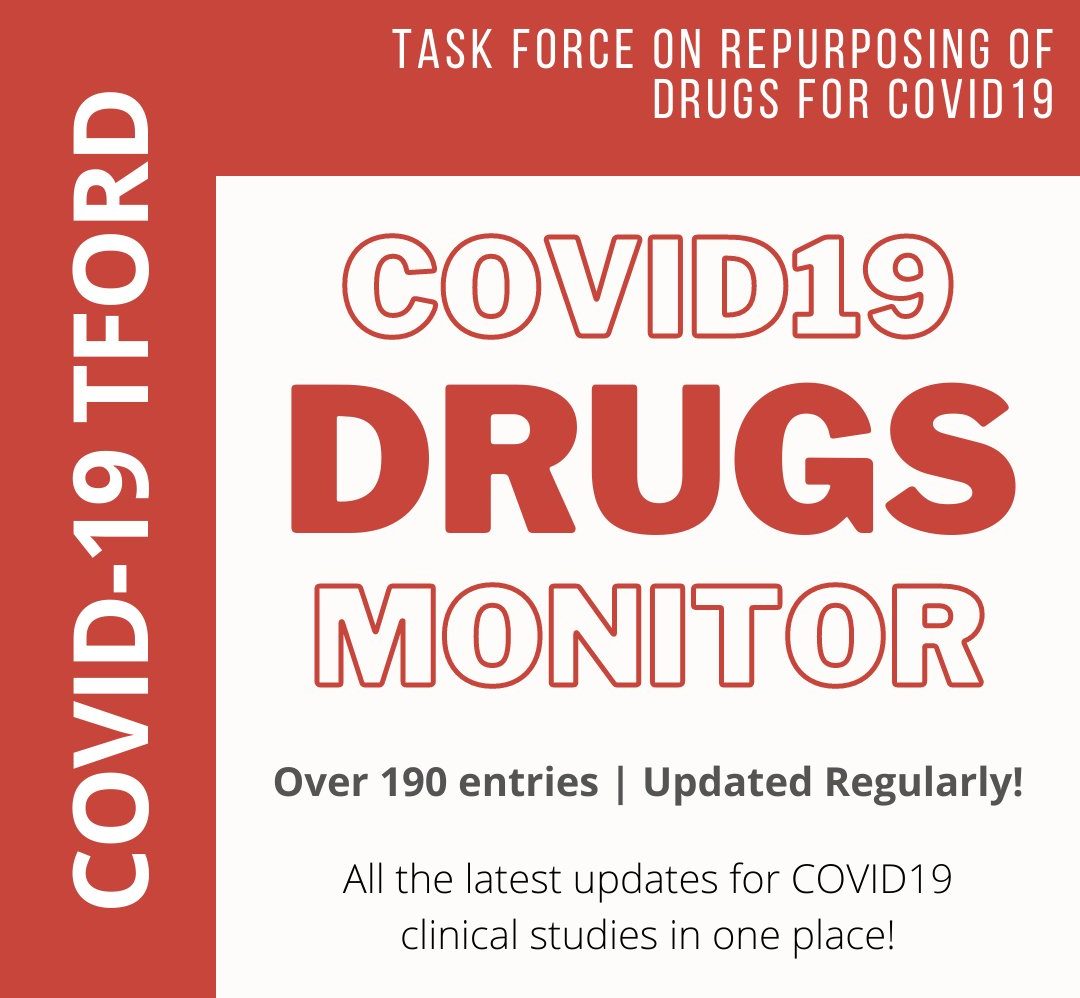(24 June 2020) Arbidol- Prophylactic arbidol proved to be protective against COVID-19 in health professionals
Effectiveness of Arbidol for COVID-19 Prevention in Health Professionals
https://doi.org/10.3389/fpubh.2020.00249
A total of 164 subjects were included in this study, 82 cases in the infected group and 82 controls in the uninfected group, with a median age of 37 years, including 63 males and 101 females. Nineteen (23.2%) patients in the infected group were administered oral arbidol, and 48 (58.5%) in the uninfected group (OR = 0.214, 95% CI 0.109-0.420). The cumulative uninfected rate of health professionals in the arbidol group was significantly higher than that of individuals in the non-arbidol group (log-rank test, chi(2) = 98.74; P < 0.001). Forty-eight patients (58.5%) in the infection group were hospitalized, with a median age of 39 (31-49) years, of whom 7 (14.6%) were prophylactically administered arbidol. Thirty-four patients (41.5%) with mild symptoms were treated outside the hospital, among which the median age was 34 (30-39) years, and twelve patients (35.3%) took prophylactic oral arbidol. The hospitalization rate was significantly associated with age (P = 0.024) and oral arbidol administration (OR = 0.313, 95% CI 0.108-0.909). In the age-matched case-control study, the hospitalization rate was not significantly associated with arbidol administration (P = 0.091). Prophylactic oral arbidol was associated with a lower incidence of SARS-CoV-2 infection but not hospitalization rate in health professionals, providing a basis for the selection of prophylactic drugs for high-risk populations.
